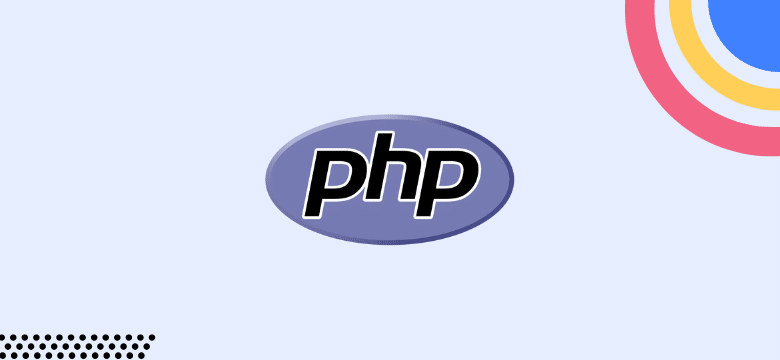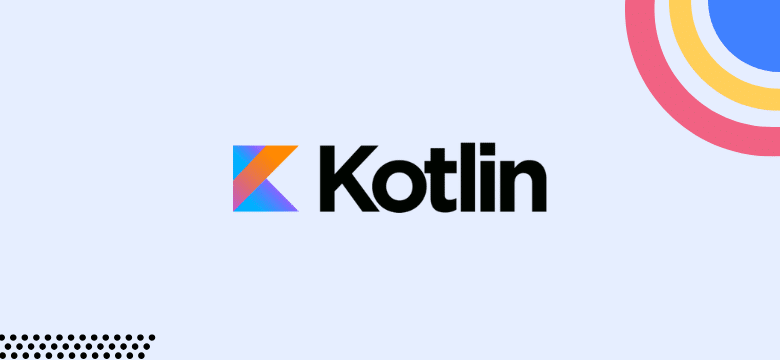









The programming landscape is more dynamic than ever, with new languages emerging to tackle the latest technological challenges and older ones fading as they struggle to keep pace. In 2025, staying ahead requires more than just technical skills—it’s about understanding which Programming Languages in 2025 are on the rise and why. Emerging technologies like AI, cloud computing, and data science are shaping the demand for languages that offer better performance, scalability, and security.
For developers and businesses, choosing the right programming language can mean the difference between success and stagnation. A recent survey found that 62% of developers plan to learn a new language within the next year to keep up with industry demands. Whether you’re a business leader or a coder, understanding this evolving landscape is crucial to navigating the future of software development.
The rapid pace of technological advancement has created new demands. Modern programming languages are designed to tackle the complexities of AI-driven solutions, big data, and cloud scalability. Unlike their predecessors, these languages prioritize efficiency, developer productivity, and security. This adaptability is crucial as businesses seek tools that can evolve alongside their needs.
Rust has become a favorite for system-level programming and security-critical applications. Its strong focus on memory safety and performance makes it ideal for industries requiring reliable low-level control, such as finance and embedded systems. Major tech companies like Dropbox and Amazon have adopted Rust for its ability to handle large-scale operations securely.
Go continues to dominate cloud computing and microservices architecture due to its lightweight, easy-to-deploy nature. Its simplicity in handling concurrent operations is crucial for high-traffic platforms. Companies like Uber and Netflix rely on Go for building scalable, efficient services that can handle millions of requests per second.
Kotlin
Originally known for Android development, Kotlin is now expanding into server-side and full-stack development. Its seamless interoperability with Java and concise syntax have made it a popular choice for large enterprises looking to modernize existing systems. Pinterest and Trello are among those that have embraced Kotlin for its flexibility beyond mobile apps.
TypeScript
TypeScript enhances JavaScript by adding static typing, making it ideal for managing large, complex web projects. With tools like Angular and React widely supporting TypeScript, it’s quickly surpassing JavaScript in popularity for enterprise web development. Companies like Microsoft and Slack have adopted it to ensure more reliable and maintainable codebases.
Consider Google’s widespread use of Go for its cloud products, leveraging its simplicity to manage large-scale systems. Similarly, Microsoft adopted TypeScript to enhance the maintainability of its front-end projects, reducing bugs and improving developer productivity.
Several legacy languages are fading as they struggle with performance bottlenecks, limited scalability, and outdated frameworks. As businesses prioritize speed, security, and developer productivity, these older languages become less viable, often lacking the robust community support needed for long-term sustainability.
PHP
Although PHP still powers significant portions of the web, its decline is evident as developers migrate to more modern alternatives like Python and Node.js for their superior performance and broader frameworks. Facebook, a major early PHP user, has shifted parts of its infrastructure to Hack and React for better scalability.
Perl
Once popular for scripting and text manipulation, Perl has lost favor to Python, known for its simplicity and versatility in areas such as data science and machine learning. Perl’s outdated syntax and dwindling ecosystem have made it less appealing for new projects.
Objective-C
As Apple transitions fully to Swift for its development ecosystem, Objective-C is increasingly obsolete. Swift’s cleaner syntax, modern error handling, and better performance have made it the standard for iOS app development, leaving Objective-C behind.
This decline creates challenges for teams maintaining legacy codebases. Companies must decide whether to continue supporting outdated languages or transition to modern alternatives. Developers, too, face the need to upskill to remain competitive, embracing new languages to stay relevant.
Adapting to the shifting Programming Languages in 2025 requires more than just awareness of rising and declining languages. It involves strategic learning, selecting the right tools for projects, and smoothly transitioning between languages. Below are practical steps for staying relevant and thriving in this evolving environment.
Continuous Learning Resources: Developers should leverage platforms like Udemy, Coursera, and Pluralsight, which offer specialized courses in emerging languages such as Rust and Go. Additionally, YouTube channels and community-driven resources on GitHub provide hands-on tutorials and real-world examples.
Engaging with Developer Communities: Participation in forums like Stack Overflow, Reddit’s programming subreddits, and Discord groups fosters peer learning. Attending conferences (e.g., PyCon, RustConf, and GopherCon) and hackathons is a great way to stay connected with the latest trends and meet industry leaders who share their insights.
Code Challenges and Open Source Projects: Regular participation in platforms like LeetCode, HackerRank, or Codewars helps sharpen problem-solving skills in various languages. Contributing to open-source projects on GitHub is another way to gain hands-on experience while collaborating with global developers.
Project Requirements Analysis
Consider your project’s needs for performance, scalability, team expertise, and existing infrastructure:
Consider the Ecosystem
Check for frameworks, libraries, and tooling support in the chosen language. For example, Go has robust support for containerized environments like Docker and Kubernetes, while TypeScript integrates seamlessly with popular front-end frameworks such as Angular and React.
Phased Migration Approach
Transitioning from legacy languages like PHP or Objective-C to modern counterparts such as Python or Swift can be done gradually:
Training and Mentorship Programs
Organizations should invest in training programs and mentorship initiatives to upskill existing developers. Offering internal workshops, cross-functional team rotations, and access to online courses will help teams build proficiency in new languages while reducing resistance to change.
Tooling for Smooth Transitions
Using tools like automated code converters, static analyzers, and CI/CD pipelines can ease the transition by automating parts of the migration process, ensuring continuous testing and deployment without major disruptions.
The Programming Languages in 2025 is both exciting and challenging, with new languages like Rust and Kotlin driving innovation and older languages like PHP and Objective-C fading away. Staying informed, adaptable, and proactive will be key for developers and organizations alike.
ITC Group stands ready to guide businesses through these transitions with expert advice and tailored solutions for thriving in this ever-evolving environment.
Learn more: How to select a trusted software development partner for your businesses – Ultimate Guide 2024
Stay ahead in a rapidly changing world with our monthly look at the critical challenges confronting businesses on a global scale, sent straight to your inbox.